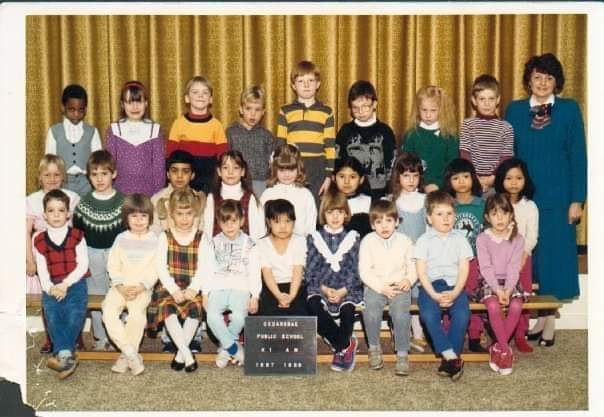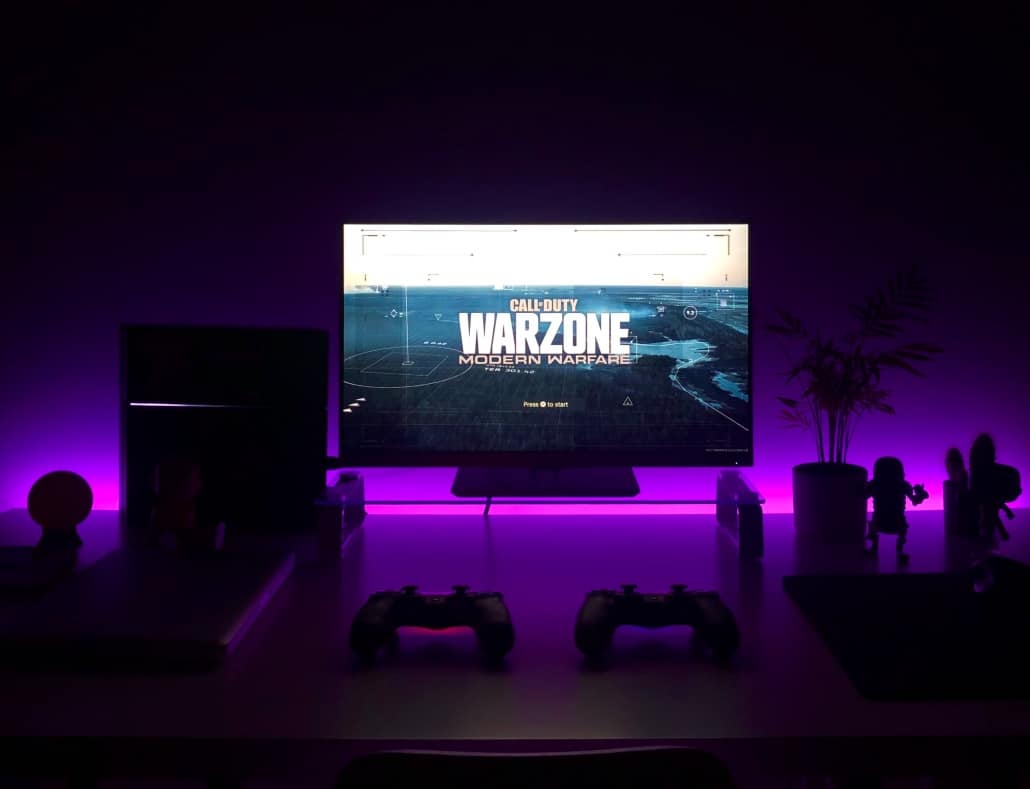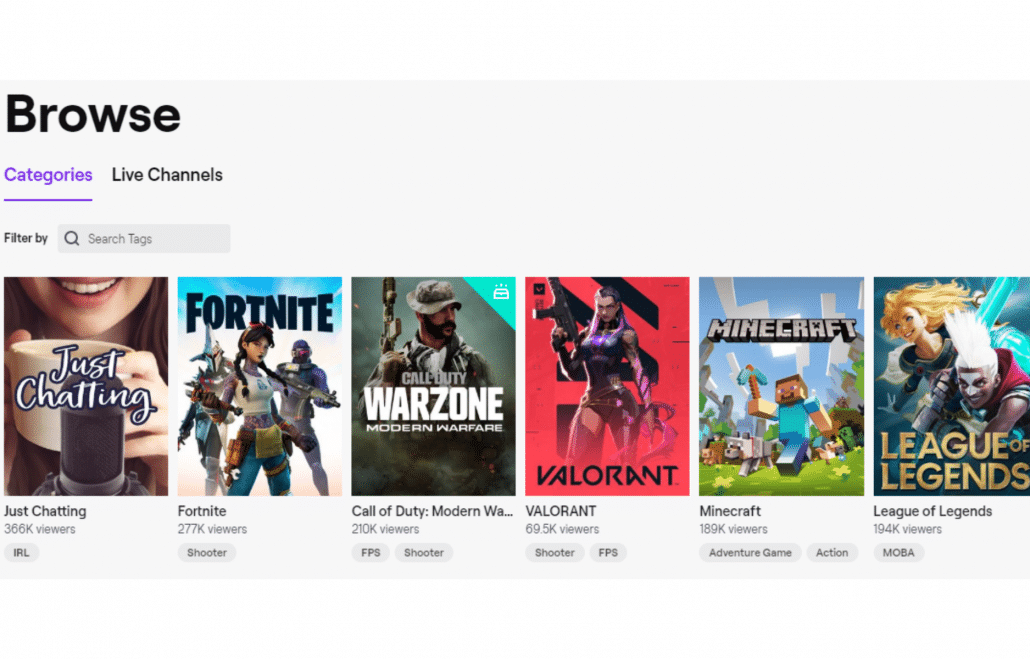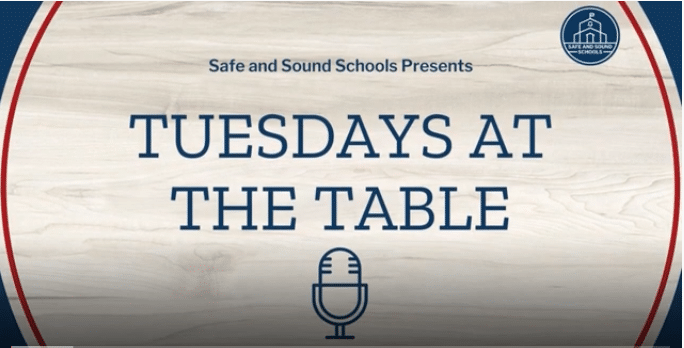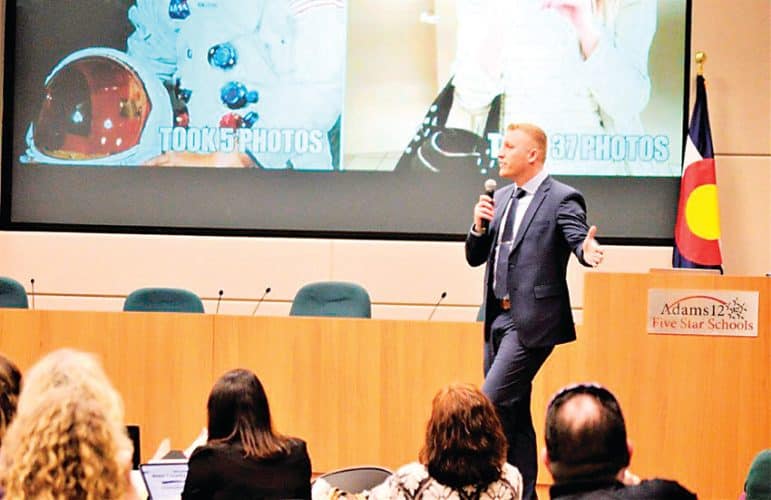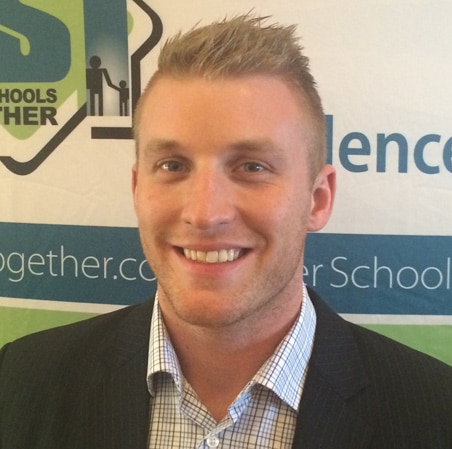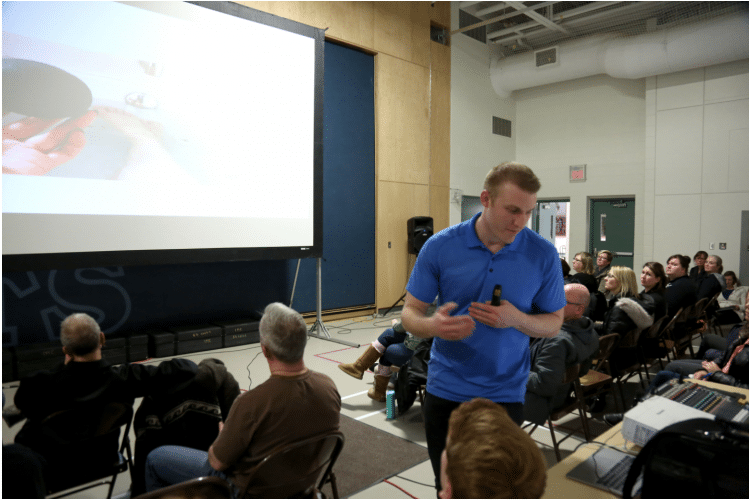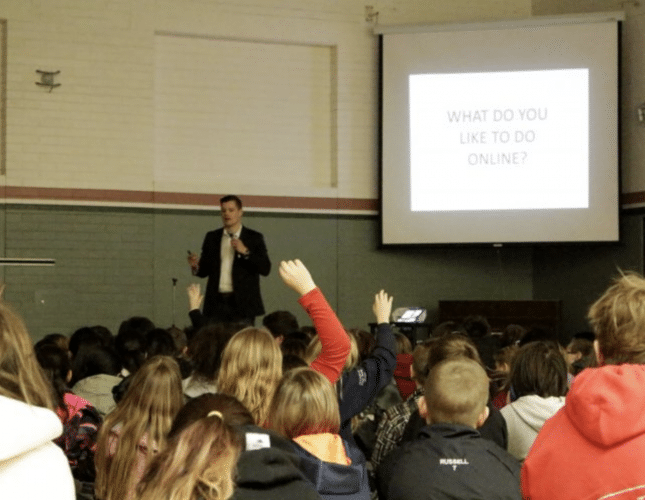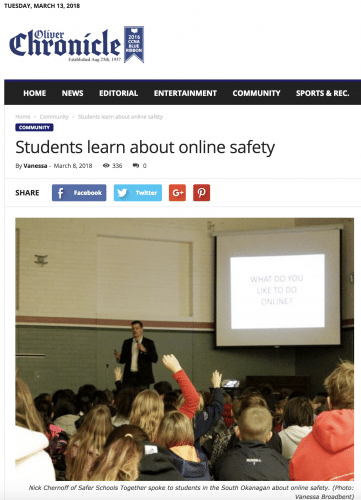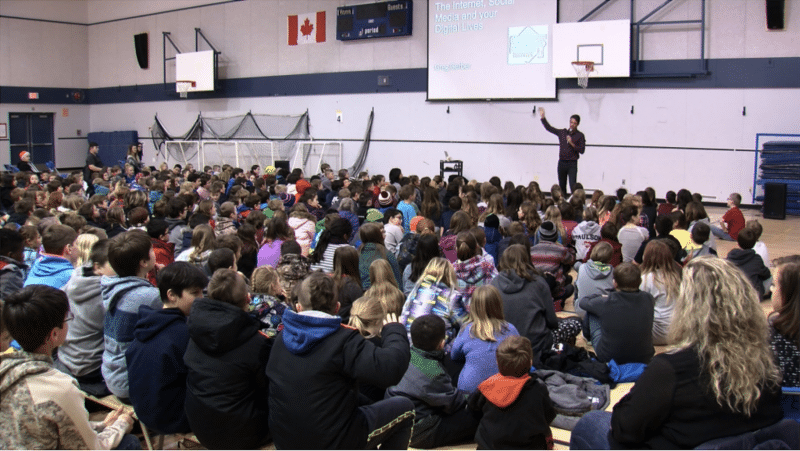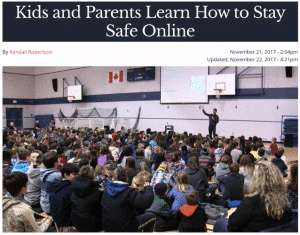Keeping up with the latest social media apps and crazes is not an easy task, especially for parents trying to keep an eye on what their child is getting involved with on their phone.
Nick Chernoff of Safer Schools Together was in the South Okanagan last week, offering some help for parents and kids trying to cope. It’s part of a program with Safer Schools Together working with the Ministry of Education to offer seminars in school districts across the province.
Chernoff said that parents are often overwhelmed by the technology. They want to know about the applications, he says, but there are so many applications and games out there, it’s really not possible to keep up with the flavour of the week.
“What I really promote with the parents is don’t be afraid of it, but learn with your kids. Sit down and play with them,” said Chernoff. “Even though you may not have an interest in what they do or how Snapchat works, ask them. Because if you show that keen interest to the kids, they’re more likely to show you how these things work.”
According to Statistics Canada, 19 percent of Canadian children have experienced cyberbullying or cyberstalking.
Research suggests vulnerable youth are at a greater risk of mental health challenges and may be more susceptible to bullying and cyberbullying behaviour.
Kids won’t always want to show parents what they are doing, he admits.
“But I really promote to parents to try to initiate that conversation so that eventually they will be willing to share when they are being bullied or they are being targets of violence,” said Chernoff, adding that there is all going to be some content that the kids aren’t going to share with parents.
“At the end of the day, the parents pretty much own the devices and I tell them, you should be able to take that device whenever you want,” said Chernoff. “But I am not saying to do that. We have to pick and choose our battles and teach them to use technology for good, but most importantly sit down and learn with them.”
The message to the kids is more how to protect yourself online and how to protect your loved ones around you. Chernoff sums it up with a simple admonition.
“If you see something, say something and we as adults will do something about it,” said Chernoff. “We don’t expect you, as a kid, to have that on your shoulders, to have to deal with that. We will help you, but you have to tell somebody.”
Don’t talk to strangers remains a message to children, even online, but with the added problem of not even being able to see a face.
“You don’t know who is behind that screen. I could put a picture of a fake person up here, and I could lie. So I kind of give scenarios like that. Don’t always assume it is the person they say they are online,” said Chernoff. “We have to tell them about the good, the bad and the ugly with social media. We can’t shelter them.”
There is a lot of good brought about with social media and technology.
“At the end of the day it is promoting positive use of technology, to respect this device,” said Chernoff. “Technology is here to stay. We can’t fear it, we have to learn how to use it wisely.“
Chernoff said he gives give them examples of positive use and talks about having a good digital footprint.
“I talk about their online presence. Potentially, down the road, jobs, colleges, and universities are going to be looking in their social media accounts.”
Chernoff said their needs to be boundaries about device usage at home and at school but says banning isn’t an answer, especially considering the amazing things kids are doing with technology.
“Technology is here to stay. I really encourage parents and teachers to first educate themselves … then pass that education along to our kids,” said Chernoff.
Original Article
